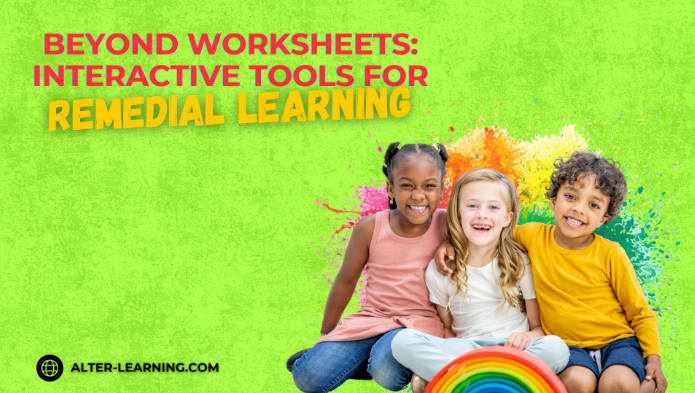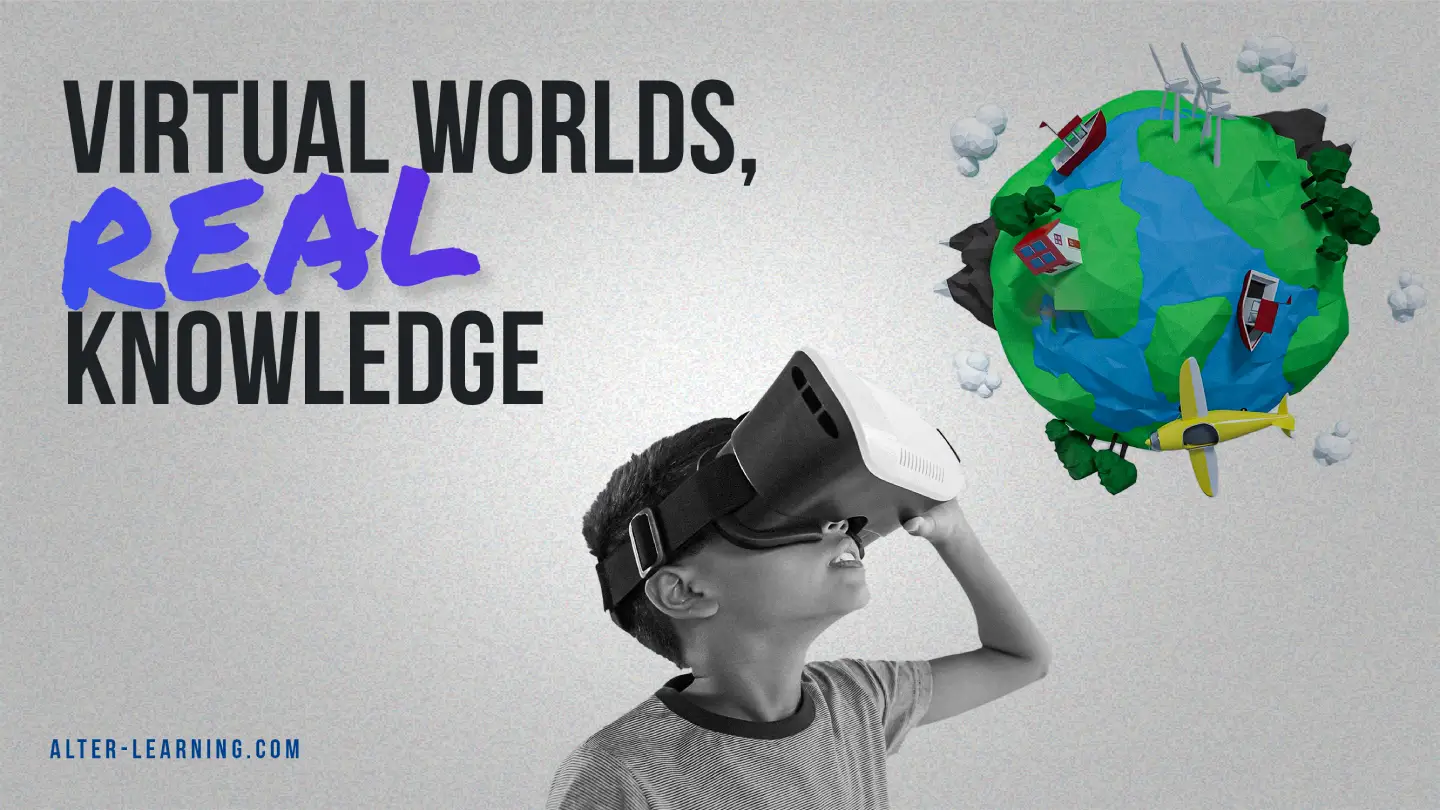Storytelling is one of the oldest methods of teaching—and one of the most powerful. Long before textbooks, people used stories to share knowledge, preserve culture, and inspire imagination. Today, storytelling still plays a critical role in learning, and when combined with interactive technology and game design, it can unlock even deeper educational engagement.
Educational games that incorporate strong narrative elements can offer more than entertainment. They can provide structure, purpose, and emotional connection—essential ingredients for meaningful learning. At Alter-Learning, the narrative design of many STEAM educational games is not just an aesthetic layer—it’s a strategic tool that can support knowledge retention, critical thinking, and learner motivation.
Why Narrative Matters in Game-Based Learning
Games that include storytelling components can help learners:
- Understand abstract concepts through real-world context,
- Develop empathy by stepping into the shoes of diverse characters,
- Make connections between ideas, themes, and emotions,
- Engage more deeply with content that might otherwise feel dry or disconnected.
In an educational setting, story-driven learning may be especially effective for students who struggle with traditional instructional formats, offering a more immersive and emotionally resonant alternative.
How Storytelling Supports Educational Goals
A well-designed narrative can align seamlessly with curricular content while making it more memorable and engaging. Here are several ways Alter-Learning games use storytelling to enhance learning experiences:
1. Contextual Learning Through Role-Play
In many interactive VR simulations or 360-degree educational videos, students aren’t just observers—they become characters in the story. They might:
- Take on the role of an engineer rebuilding a city’s infrastructure,
- Step into the past as an archaeologist uncovering historical truths,
- Navigate ecosystems or energy networks as scientists solving a crisis.
By assuming these roles, learners are more likely to internalize the skills and concepts required to succeed in the game—and by extension, the lesson.
2. Branching Narratives and Decision-Making
Some games offer branching paths that allow students to make choices that affect the outcome. This structure encourages:
- Critical thinking and problem-solving,
- Exploration of cause and effect,
- Ownership of learning through personalized paths.
Rather than being told what’s “right,” students explore consequences and draw conclusions. It’s an approach that mirrors real-world complexity and supports deeper cognitive development.
3. Emotionally Engaging Scenarios
Emotion plays a major role in how we retain information. Storytelling can introduce emotional stakes that enhance memory, motivation, and reflection.
- A character in distress might motivate a player to solve an engineering challenge,
- A lost world needing restoration may inspire curiosity about environmental science,
- Conflicting perspectives in a history scenario may promote empathy and nuanced understanding.
Games designed with these story elements can help students connect personally with the material—something that worksheets alone rarely achieve.
STEAM Learning Enhanced by Story
The combination of storytelling and STEAM content is particularly potent. When narrative is used to frame scientific, technological, engineering, artistic, or mathematical challenges, students often gain a richer appreciation for the subject matter.
- In a VR tutorial, the learner might be helping a robot solve a puzzle,
- In an biology exploration, they could be rescuing endangered species,
- In digital art creation tools, they might express the emotional tone of a story arc.
These tasks bring STEAM to life not through rote drills but through creative, story-fueled exploration.
Storytelling for All Learners
Not all students learn the same way, and storytelling can support multiple learning styles:
- Visual learners benefit from immersive environments and character design,
- Auditory learners engage with dialogue and sound effects,
- Kinesthetic learners participate actively in solving narrative-based challenges,
- Social learners thrive in multiplayer stories where collaboration drives the plot.
Alter-Learning’s emphasis on inclusivity means that many of its narrative-driven games include accessibility features—such as adjustable difficulty settings, visual supports, and voice-guided prompts—so that more students can participate fully.
The Educator’s Role in Narrative Integration
Teachers can extend the impact of story-based games by:
- Discussing characters, choices, and outcomes as part of reflective activities,
- Connecting game scenarios to real-world issues or curriculum standards,
- Encouraging students to write their own alternate endings or sequels,
- Using narrative to frame broader inquiry-based units.
When educators use storytelling as a lens for learning, they can help students build not just knowledge—but imagination, curiosity, and compassion.
Learning Through Story, Learning That Sticks
A well-told story doesn’t just entertain—it teaches, inspires, and lingers. In the world of educational gaming, narrative is more than an accessory—it’s a core mechanic that can elevate engagement and understanding across disciplines.
By integrating storytelling into STEAM educational games, Alter-Learning offers students a chance to see themselves in the material, explore complex ideas, and connect emotionally with their learning. And when learners care about what they’re doing—when it matters to them personally—retention and achievement often follow.
Because behind every lesson worth learning, there’s a story worth telling.
Follow Alter-Learning for more insights into immersive education, edtech success stories, and the future of learning. Want to explore how VR/AR could transform your school or learning platform? Let’s connect.




